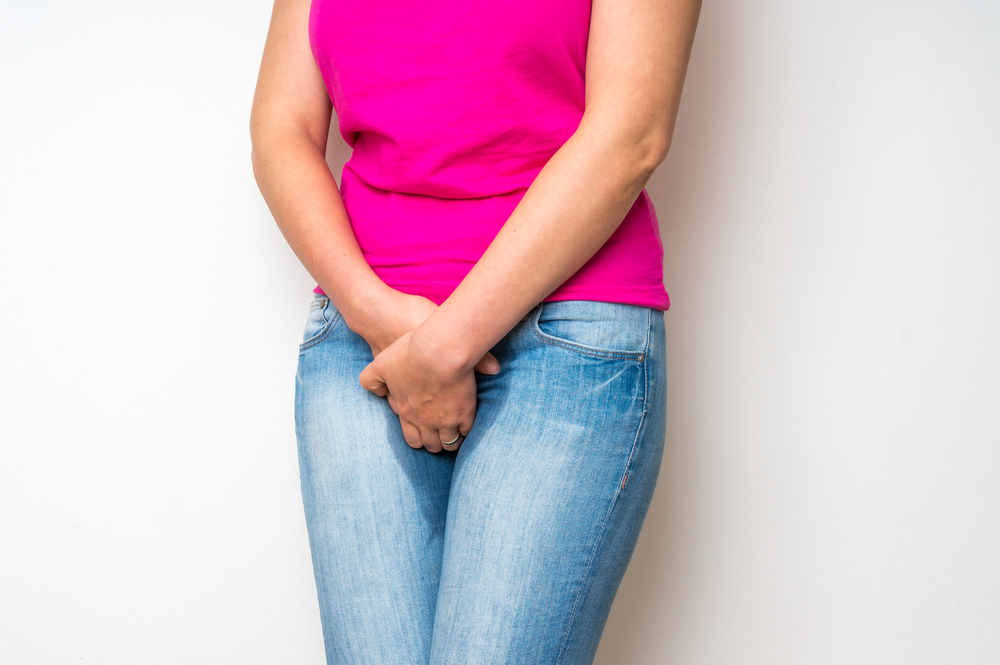What is incontinence?
Incontinence is a term that describes any accidental or involuntary loss of urine (urinary incontinence) from the bladder or bowel motions, faeces or wind from the bowel.
Incontinence is a widespread condition that ranges in severity from ‘just a small leak’ to complete loss of bladder or bowel control. In fact, over 4.8 million Australians have bladder or bowel control problems for a variety of reasons.
How do I know if I have a problem?
- Leak urine when you cough, sneeze, lift laugh or during exercise
- Not able to control passing wind
- Feel an urgent need to empty your bladder or bowel
- have trouble cleaning yourself after a bowel motion
- feel a lump in the vagina or a sensation of dragging at the end of the day, which could mean that one or more of your pelvic organs might be sagging into the vagina (pelvic organ prolapse)
Exercises for incontinence
Strengthening your pelvic floor muscles will help you actively support your bladder and bowel. This improves bladder and bowel control and can reduce or stop the leakage of urine and bowel motions. Like other muscles, the pelvic floor muscles become stronger with a regular exercise program. Pelvic floor muscle exercises are important for both men and women.
It is very important to correctly identify your pelvic floor muscles before moving into a regular pelvic floor muscle exercise program. There are many ways that you can learn more about your pelvic floor muscles. These include visiting:
- a continence and women’s health or pelvic floor physiotherapist
You may also like to read:
8 tips for parents to look after their own nutrition, not just their kids









